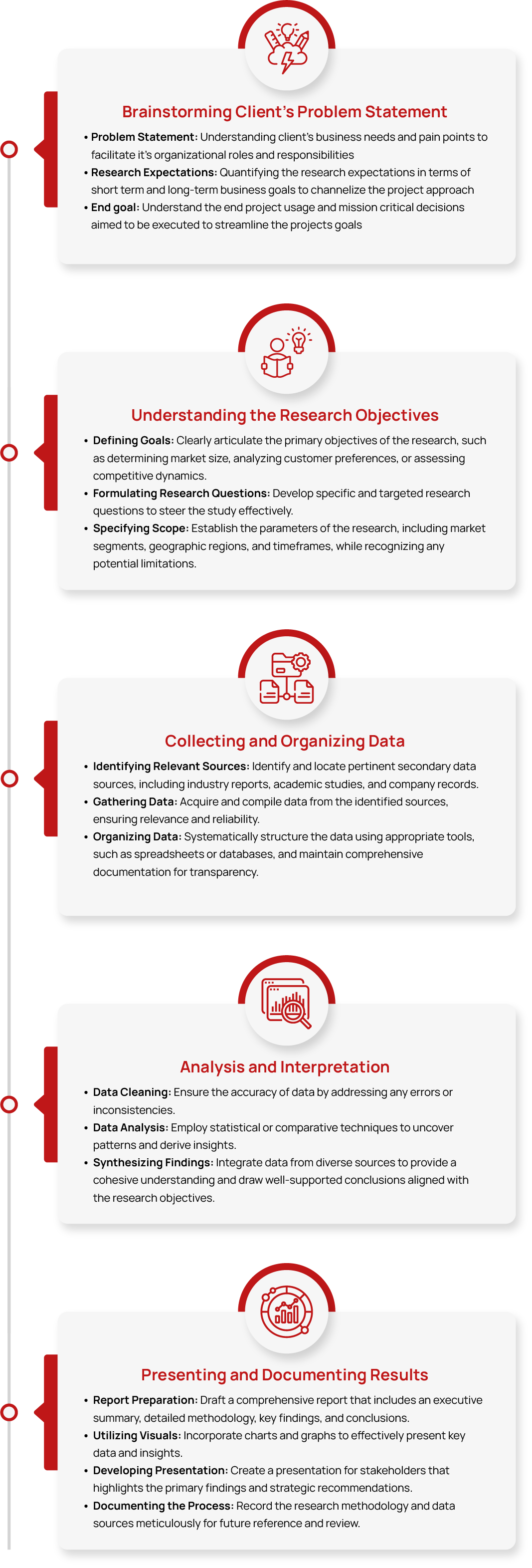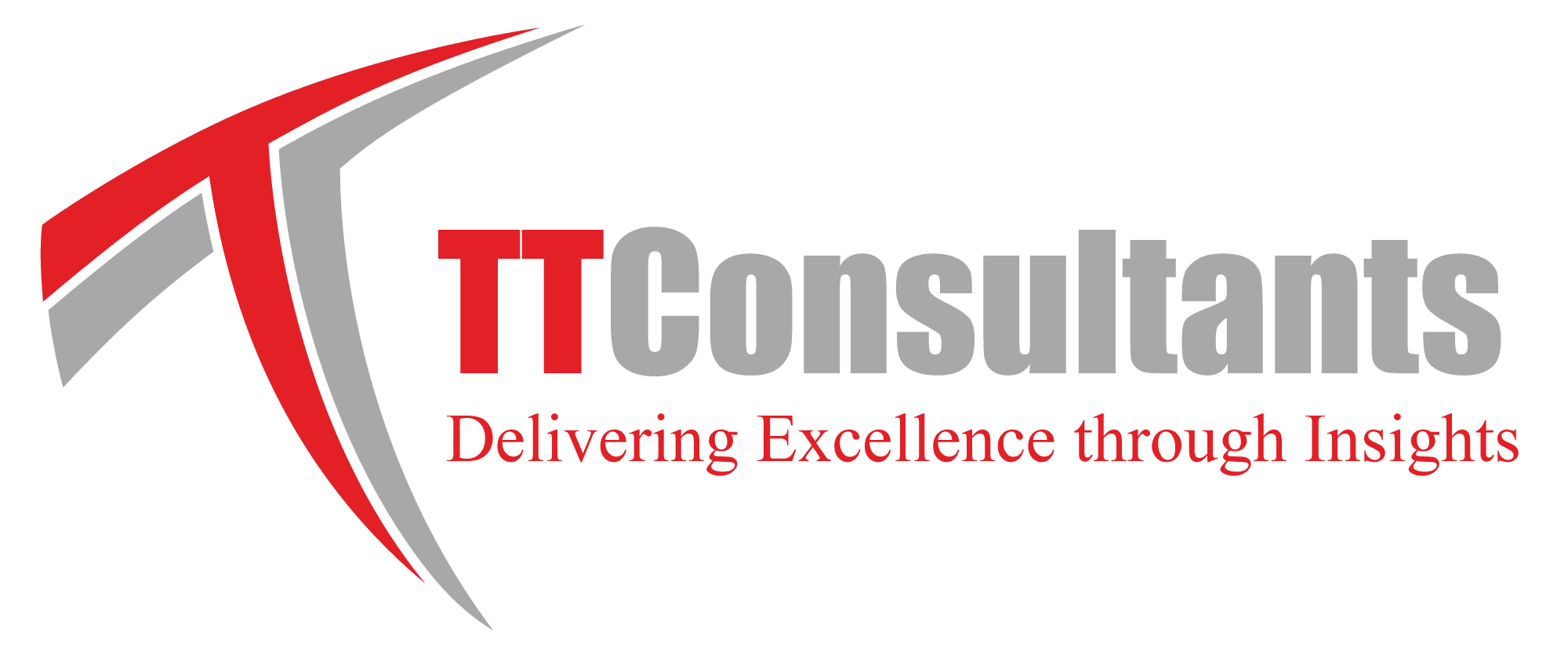Global Armoured Vehicle Market Size, Share, Growth & Trend Analysis Report, 2032
- Summary
- Market Landscape
- Methodology
- Table of Contents
Global Armoured Vehicle Market Size, Share, Growth & Trend Analysis Report, By Type, By Product, By Mobility, By Mode of Operation, By Point of Sale, By System, By Region and Forecasts, 2024 – 2032
An armored vehicle is a fortified transport used in military, law enforcement, and VIP protection, designed to withstand ballistic and explosive threats.
The Global Armored Vehicles Market was valued at approximately USD XX billion in 2024 and is projected to reach USD XX billion by 2032, growing at a Compound Annual Growth Rate (CAGR) of around 6% during the forecast period from 2025 to 2032.
Industry Trends
Leading armored vehicle companies are integrating advanced protection features into high-end SUVs, sedans, and bakkies while preserving their luxury aesthetics and performance. This shift highlights a growing demand for armored cars for civilians beyond military and law enforcement use, catering to affluent individuals prioritizing personal safety.
The rising threat of crime, terrorism, and targeted attacks is fuelling demand for personal armored vehicles. Armored car manufacturers are incorporating advanced lightweight materials, ballistic steel, bullet-resistant glass, and AI-powered security systems to enhance vehicle protection without compromising performance. Additionally, higher defence budgets in Asia Pacific and strategic partnerships like North American Atlantic Treaty Organization (NATO) and the African Union are further boosting market demand for modern armored vehicles.
However, high production costs and technical complexities pose challenges for armored vehicle suppliers. Balancing vehicle speed, fuel efficiency, and luxury features while integrating high-level security remains a technological hurdle. Moreover, rising raw material costs, supply chain disruptions, and military budget constraints in North America and Europe may slow market growth.
Industry Expert’s Opinion
- Steve duMont, President, GM Defence
“We engineered the Suburban Shield from the ground up as a protected vehicle using GM’s world-class process and tools to deliver the reliability and quality expected from a GM vehicle.”
TT Consultants’ Perspective
The global armored vehicles market is witnessing steady growth, driven by rising geopolitical tensions, defense modernization programs, and asymmetric warfare threats. Nations are increasingly investing in armored tactical vehicles that enhance survivability, mobility, and firepower to counter evolving battlefield challenges.
Technological advancements such as active protection systems (APS), unmanned ground vehicles (UGVs), and hybrid propulsion technologies are reshaping the armored vehicles industry. Modernization programs focus on lightweight armor, AI-driven situational awareness, and integrated battlefield connectivity to improve operational efficiency.
Despite strong growth prospects, the market faces challenges such as high procurement and maintenance costs of military armored trucks, supply chain disruptions, and stringent regulatory requirements. However, increasing focus on local manufacturing, strategic alliances, and technology transfers is expected to mitigate these concerns.
Looking ahead, the armored vehicles market will continue evolving, with a strong emphasis on AI-driven automation, electrification of armored wheeled vehicles, and enhanced survivability features. Defense manufacturers that leverage innovation, adaptability, and strategic partnerships will remain at the forefront of market expansion.
Market Segmentation
1. By Type (Conventional, Electric)
Conventional Armored Vehicles made up most of the armored vehicles market in 2024, estimating at USD XX billion. Many countries are increasing their defense budgets to strengthen security, leading to high demand for these reliable military armored vehicles with advanced protection features.
The demand for Electric Armored Vehicles is growing as countries focus on reducing carbon emissions. Improvements in battery technology have made these modern armored vehicles more efficient for military operations. Over time, they may become more cost-effective due to lower fuel and maintenance costs.
2. By Product (Combat Support, Combat and Unmanned Armoured Ground Vehicles)
Combat Vehicles accounted for the largest market share in 2024 (XX%). These armored tactical vehicles are equipped with advanced armor, weapons, and electronic systems to enhance battlefield performance against evolving threats.
Combat Support Vehicles are expected to grow at a CAGR of XX%, as militaries increasingly require specialized armored wheeled vehicles for logistics, medical evacuation, and command roles.
3. By Mobility (Wheeled and Tracked)
Wheeled Armored Vehicles are preferred for their speed and ease of movement, projected to reach USD XX billion by 2032. These armored mobility solutions require less maintenance, making them ideal for patrolling and rapid-response missions.
Tracked Armored Vehicles provide superior stability and protection in rough terrain. These heavily armored fighting vehicles remain essential for high-risk combat missions despite higher maintenance requirements.
4. By Region (Asia Pacific, Europe, North America, Latin America and Middle East & Africa)
North America (USD XX billion in 2024) leads in advanced armored vehicle technology, with the U.S. investing in next-generation platforms featuring improved automation and protection systems.
Europe is actively upgrading fleets with hybrid and electric armored personnel carriers, driven by NATO commitments and sustainability goals.
Asia Pacific (XX% market share) shows strongest growth, with China and India investing in domestic armored vehicle manufacturing capabilities.
Latin America is expanding its tactical armored vehicle fleets to address security challenges, led by Brazil and Mexico.
Competitive Scenario
Key competitors in the global armoured vehicle market are, BAE Systems, BMW AG, Daimler AG (Mercedes Benz), Elbit Systems, Ford Motor Company, General Dynamics Corporation, INKAS Armored Vehicle Manufacturing, International Armored Group, IVECO, Krauss-Maffei Wegmann GmbH & Co. (KMW), Lenco Industries, Inc., Lockheed Martin Corporation, Navistar, Inc., Oshkosh Defense, LLC, Rheinmetall AG, STAT, Inc., Textron, Inc., and Thales Group, among others.
Strategic Activities
- In February 2025, The French Ministry of Defence announced the procurement of 530 additional Serval 4x4 armoured vehicles under the Euro 1 billion SCORPION program. This initiative aims to modernize France's ground forces with advanced, connected, and highly mobile combat vehicles.
- In January 2025, The UK Ministry of Defence unveiled the first British-manufactured 8×8 Boxer armoured vehicle at the International Armoured Vehicle conference in Farnborough. This marks the UK's return to local armoured vehicle production after more than a decade.
- In February 2023, Oshkosh Defense LLC secured an USD 84.9 million contract from the U.S. Army Contracting Command – Detroit Arsenal to deliver the Joint Light Tactical Vehicles (JLTV) Family of Vehicles.
- In January 2023, IVECO Defense Vehicles received a contract from the Italian Navy to supply Amphibious Armored Vehicles (VBA) Personnel Carriers, enhancing the San Marco Marina Brigade (BMSM) fleet.
- In January 2023, The Armoured Group, LLC acquired IF Armor International, LLC and its Shelby, North Carolina facility. The expansion is expected to create over 100 jobs and boost the company’s manufacturing capabilities in the armoured vehicle sector.

Please fill out the form to request the ToC and gain access to detailed insights in the report.
Request Table of Contents







